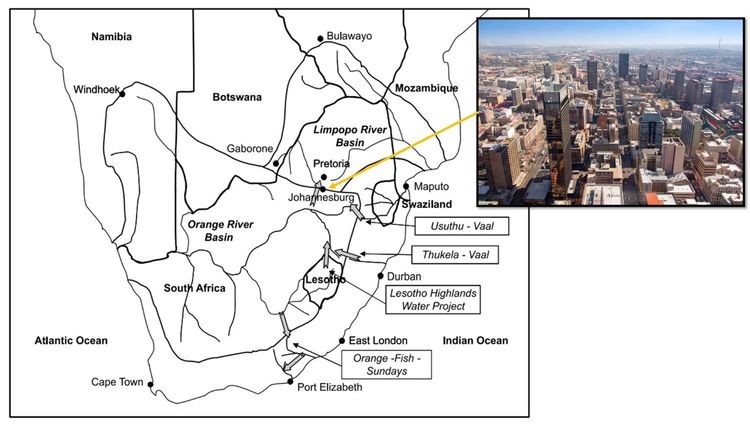Addressing non-revenue water and unemployment in the City of Johannesburg
Contributed by Dr. Hendrik Ewerts, Mr. Asief Alli, Mr. Sudley Stone and Mr. Kearabilwe Ratlhagane, Rand Water Academy
Although South Africa shares four major transboundary river basins with neighbouring countries it faces issues of water-scarcity. Despite this challenge, there are relatively high losses in terms of Non-Revenue Water (NRW). A major contributor to NRW is aging water distribution infrastructure resulting in water leaks (NRW of 38.4% in 2018 for Johannesburg).
